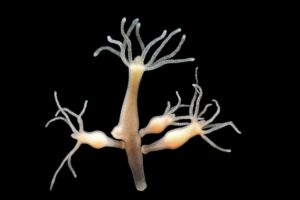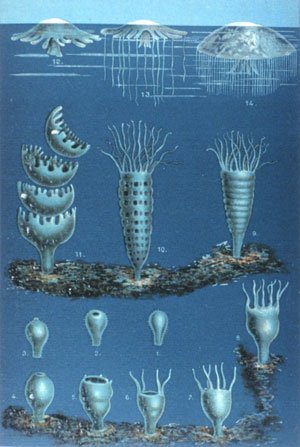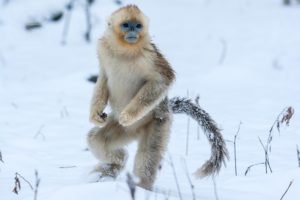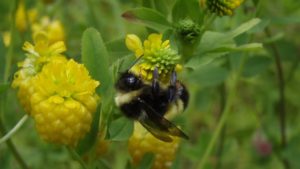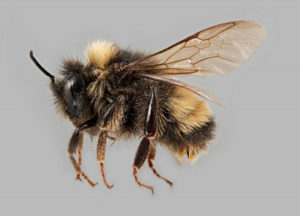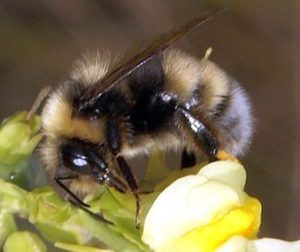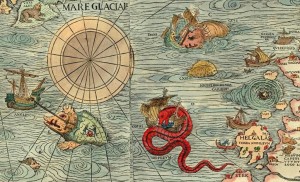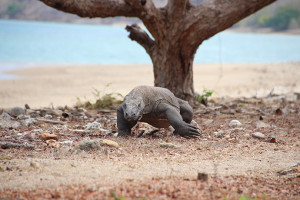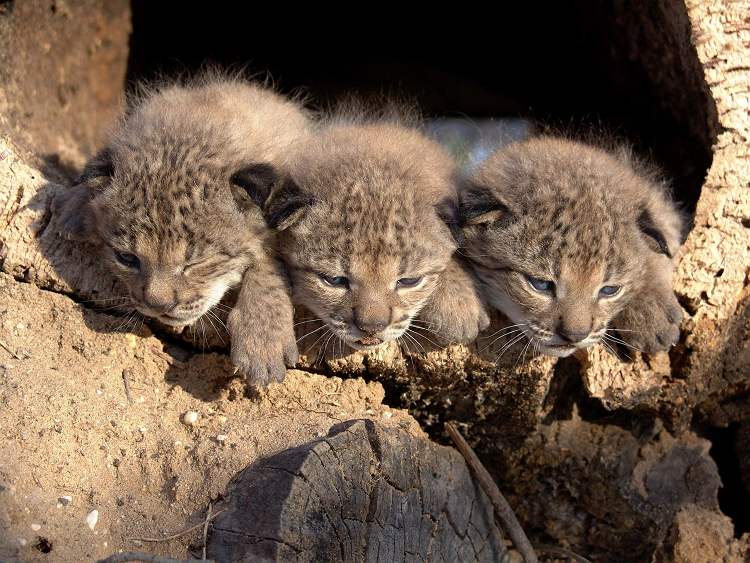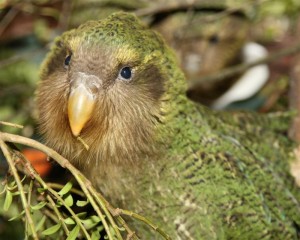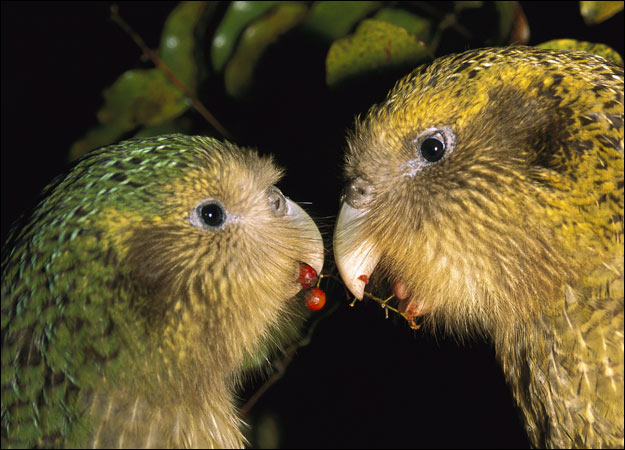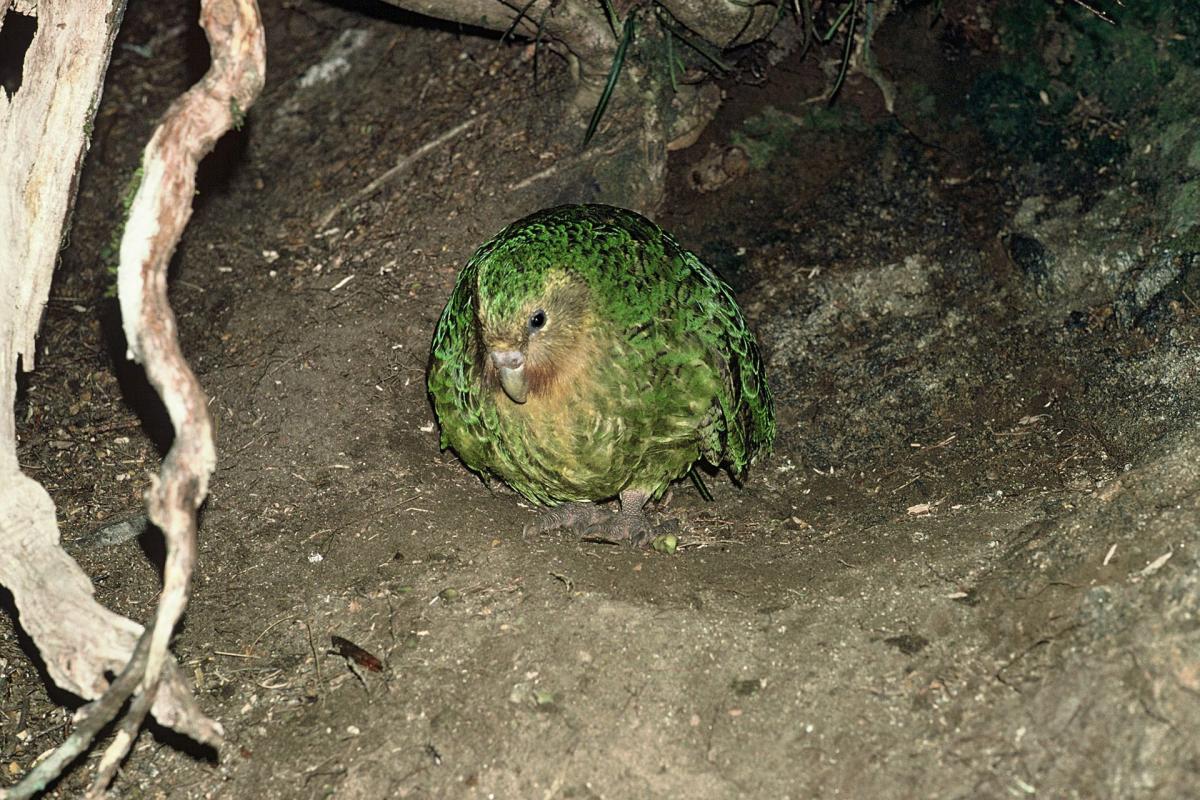
Image from Wikipedia
The parrot fish is not a bird

Image by Wild Horizon
It cannot fly. T’would be absurd
To say it could. It cannot speak
But still, its mouth is like a beak
Its beak is formed from bony jaw
The strangest mouth you ever saw
It chews on coral close at hand
And when it’s done, it poops out sand

Photo credit: © Ken Marks
It keeps the coral algae-free
And lives thus symbiotically
The coral thrives; the fish gets fat
So both can benefit from that
At night he makes a sleeping bag
Of slimy slime that doesn’t sag
Inside this sack he’s safe and sound
From predators that swim around 
His scales are bright as feathers rare
But parrot fish can’t fly through air
A different name might be preferred
Since this bright parrot’s not a bird
— Ruth Gilmore Ingulsrud

From BBC Earth
Of course it’s a fish. But it is called a parrotfish since it is so colorful and has a very cute beak-like mouth. This “beak” is actually exposed bone and not true teeth. It uses that hard mouth to eat the algae off of the hard coral on which it grows. Parrotfish help to keep coral reefs healthy by eating excess algae. Overfishing removes too many parrotfish from a reef and the health of the ecosystem suffers.
Because a parrotfish scrapes off some of the coral as it cleans, the ground up coral limestone passes through the parrotfish’s body and is pooped out. A large parrotfish can poop out over 800 pounds of sand per year!
Parrotfish are also fascinating because of the way that they can change from female to male. Some parrotfish remain female for their entire lives, but others, as they get older, change from female to male. And as they change, their colors change becoming brighter and more vivid with beautiful markings.
The sleeping habits of some parrotfish are a wonder to see. Before settling down for the night, the parrotfish burps out a slimy mucus sleeping sack which completely covers the fish. This keeps predators, or bigger fish who might like to eat the parrotfish, from smelling their nighttime snack. They swim right by the sack of slime, not knowing that the parrotfish is hiding inside.
The parrotfish is an amazing creature. You can thank the parrotfish for being beautiful, and industrious and interesting as all get out. But you can especially thank the parrotfish for those white, sandy beaches on which we play. Yes, parrotfish poop does contribute to that silky smooth, ground-up limestone sand that is so much fun to dig in. Here’s a silly song by Robert Sams for the BLUE Ocean Film Festival (in 2 versions!) to help you thank the parrotfish:

